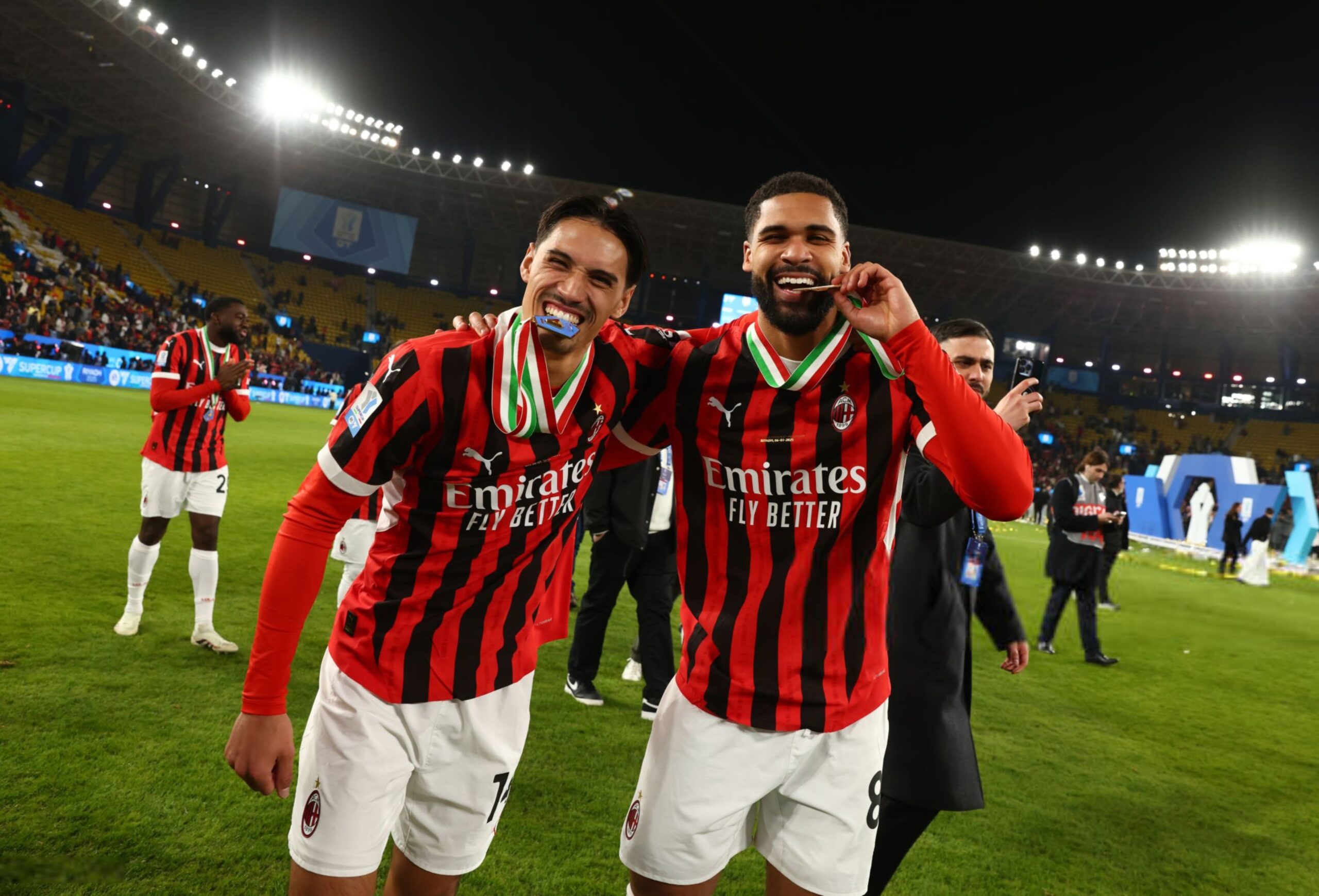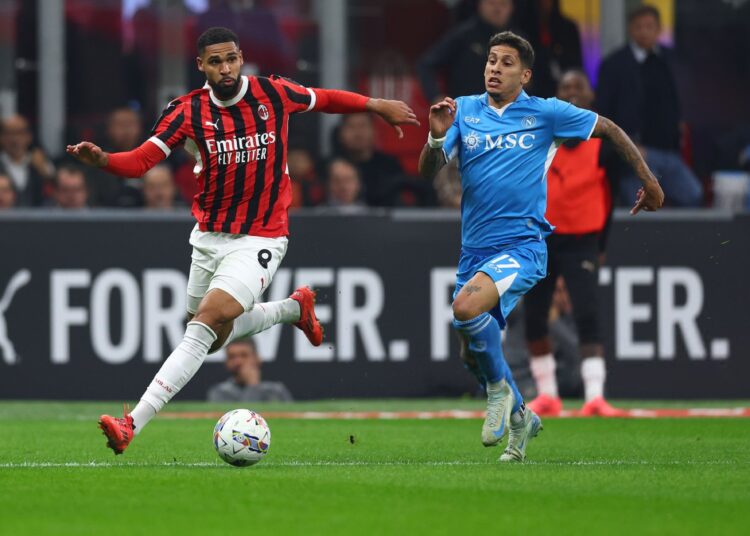When the name Ruben Loftus-Cheek is mentioned, all Rossoneri fans think of only one thing: the Champions League clash between Milan and PSG. Dominant, powerful, and decisive — a version of the English midfielder that, unfortunately, we haven’t seen again. It must be said, however, that consistency has certainly never been a part of the career of the class of '96.

In his first year in Italy, Loftus-Cheek surprised everyone and finished the season with 40 appearances, 10 goals, and 2 assists, taking center stage as an “invading attacking midfielder” under Stefano Pioli and inspiring great confidence for the future.
But then, injuries came — 4 to be exact — which made him miss a full 27 matches, relegating him to a mere bit-part player over the course of the last disappointing season. A connection never found with Paulo Fonseca, due in part to tactical confusion regarding his role, and very few, extremely few, appearances under Sergio Conceicao. Now comes Massimiliano Allegri, a coach who definitely knows how to work with this type of player.
Milan, Loftus-Cheek and a season to redeem. Could it be his year?
The question thus arises naturally: could this be the year of Loftus-Cheek? Much will depend on his physical condition, on the program that the Livorno-born coach will design for him, and — last but not least — his position on the pitch. Furthermore, a note should be made, as a big debate has erupted on social media regarding a comparison between Loftus-Cheek’s first season with the Rossoneri and the second — also with the Rossoneri — of Tijjani Reijnders.
Let’s try to say it as simply as possible: Tijjani Reijnders’ season was exceptional. 15 goals and 5 assists in 56 appearances, significant consistency, and unquestionable technical leadership. The two seasons cannot be compared, given that Loftus-Cheek, as explained above, played much further forward, often alongside Olivier Giroud. Moreover, Reijnders was a fundamental part of the build-up play, and we often saw him start from deep. The comparison is valid, of course, but other factors should be taken into account — factors that the Dutch midfielder could have suffered from: the coaching change, negative results, and the constant pessimism surrounding a team that, a year later, we can now define as poorly built.
Source: PianetaMilan.it
















